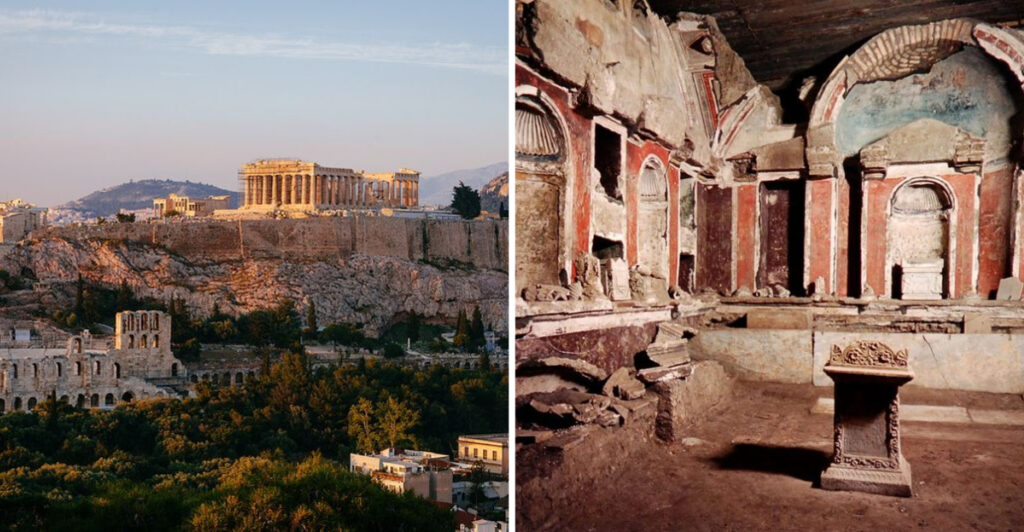Europe’s rich history is etched into its landscape, offering a glimpse into the lives of ancient civilizations through its archaeological sites. From prehistoric caves to grand amphitheaters, each site provides unique insights into the past, reshaping our understanding of history. Join us as we explore these 17 remarkable sites, each with its own story to tell.
Stonehenge, England
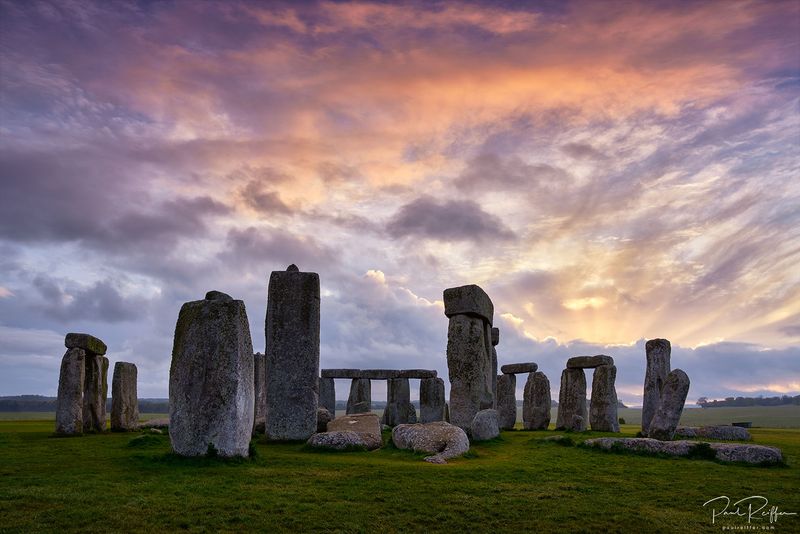
Stonehenge’s enigmatic circular arrangement of massive stones draws visitors from around the world. Believed to be constructed around 3000 BC to 2000 BC, its purpose remains a mystery. Some theories suggest it was a burial ground, others a celestial observatory. Standing on the Salisbury Plain, the stones align with the solstices, hinting at its astronomical significance. Imagine the cultural synergy that brought these stones from distant locations. Today, it whispers tales of ancient rituals, inviting us to ponder the minds of its builders. Stonehenge is a symbol of enduring human curiosity and innovation.
Colosseum, Italy
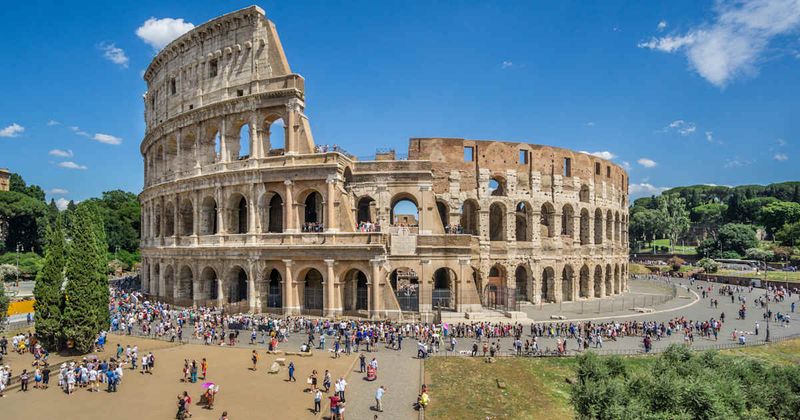
Italy’s Colosseum stands as a testament to the might of Roman engineering. Constructed in 70-80 AD, it hosted gladiatorial contests and public spectacles. The elliptical amphitheater could seat up to 80,000 spectators, reflecting the grandeur of Roman society. Imagine the roars of the crowd and the clashing of swords, a brutal form of entertainment that captivated the masses. Its imposing arches and corridors are now a window into a civilization skilled in both art and violence. The Colosseum remains a symbol of Rome’s architectural prowess and complex societal dynamics.
Acropolis of Athens, Greece
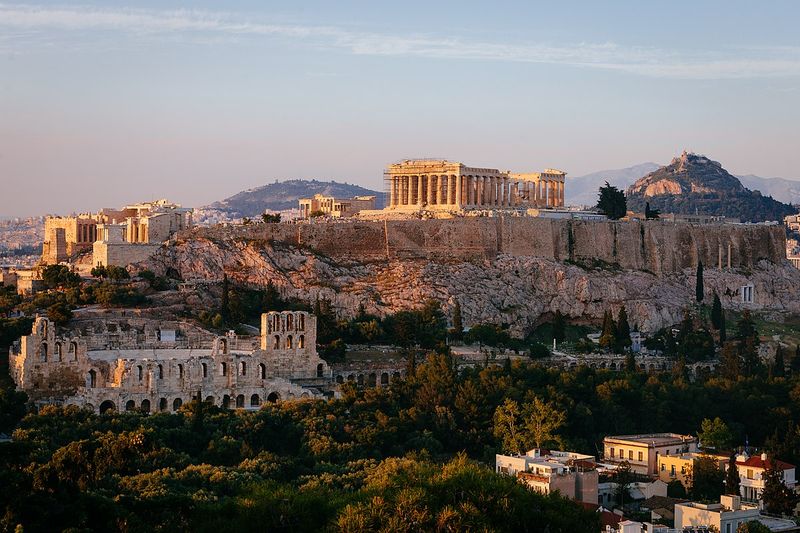
Perched atop a rocky hill, the Acropolis of Athens embodies the pinnacle of ancient Greek culture. Dominated by the Parthenon, a temple dedicated to the goddess Athena, it showcases the artistic and architectural brilliance of 5th-century BC Greece. It served not only as a religious center but also as a symbol of Athenian democracy and power. The harmony of its structures and their intricate sculptures narrate tales of gods and heroes. These ruins continue to inspire, reflecting the birthplace of Western civilization and its enduring influence on art and philosophy.
Lascaux Caves, France
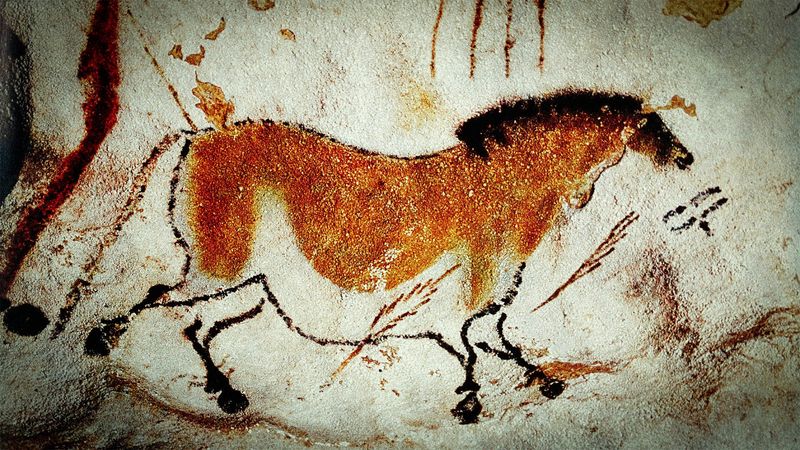
Within the depths of the Lascaux Caves lies a prehistoric gallery, adorned with vivid paintings of animals. Discovered in 1940, these Paleolithic images date back approximately 17,000 years. Each stroke of ochre and charcoal offers a glimpse into the lives of early humans. The paintings depict wild bulls, horses, and stags, reflecting both artistic expression and the importance of wildlife in their daily existence. As a UNESCO World Heritage site, Lascaux stands as a testament to the creativity and ingenuity of our ancestors, preserving a visual history for future generations.
Pompeii, Italy
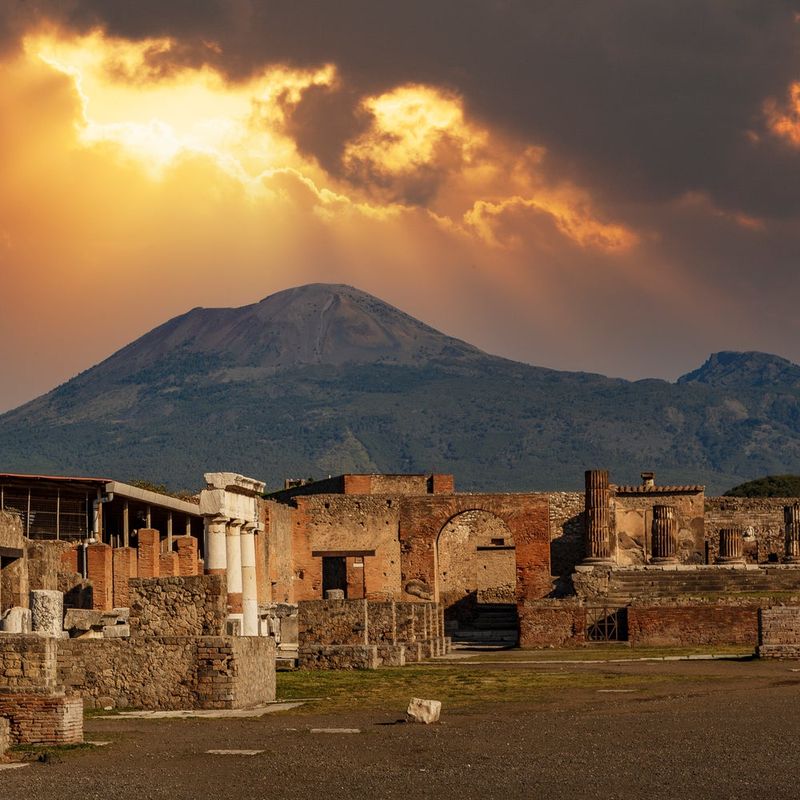
Frozen in time, Pompeii offers a unique snapshot of Roman life before disaster struck. In 79 AD, Mount Vesuvius erupted, burying the city in ash and preserving it for centuries. Excavations reveal intricate mosaics, frescoes, and everyday items, giving insights into the daily lives of its inhabitants. Wander through its streets and imagine a bustling city, where tragedy struck unexpectedly. Pompeii’s preservation allows us to study Roman architecture, culture, and society with unparalleled detail. It remains a poignant reminder of nature’s power and the resilience of human history.
Altamira Cave, Spain
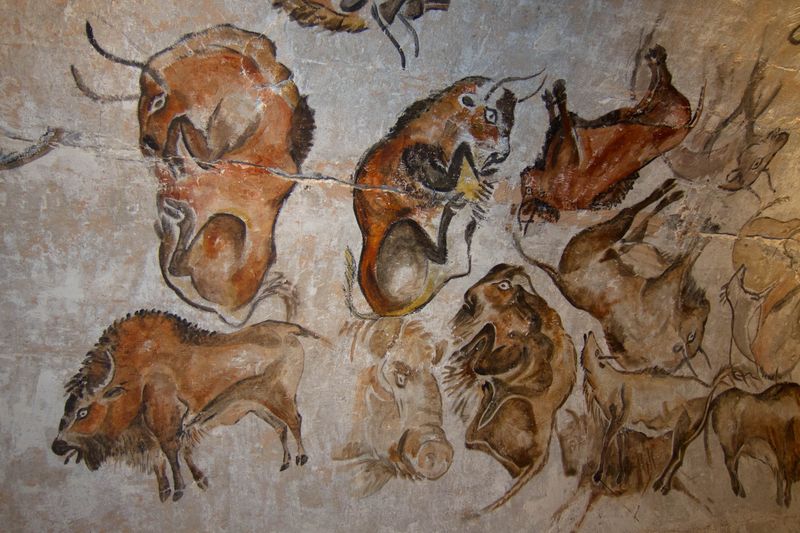
The Altamira Cave in Spain is renowned for its Upper Paleolithic cave paintings, considered masterpieces of prehistoric art. Dating back over 36,000 years, the colorful depictions primarily feature bison, along with other animals and abstract symbols. These artworks showcase the early human ability to create sophisticated visuals and perhaps served ritualistic purposes. Discovered in 1868, Altamira’s paintings challenge our perceptions of prehistoric intellectual capacity and artistic expression. They invite us to marvel at the ingenuity of early humans, preserving their legacy across millennia.
Roman Baths, England
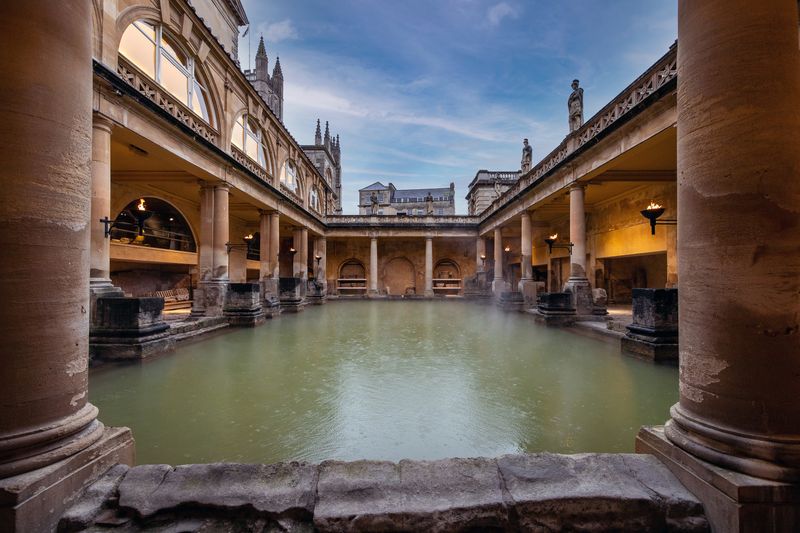
The Roman Baths in Bath, England, offer a glimpse into the luxurious bathing customs of ancient Rome. Built around 70 AD, this well-preserved site was a hub of social and cultural life. The Great Bath, filled with steamy thermal water, was central to relaxation and socialization. Explore the intricate architecture, from ornate mosaics to towering columns, reflecting Roman innovation. These baths not only served hygiene but were also a center for healing and leisure. The Roman Baths remain a testament to the sophistication of Roman engineering and societal values.
Newgrange, Ireland
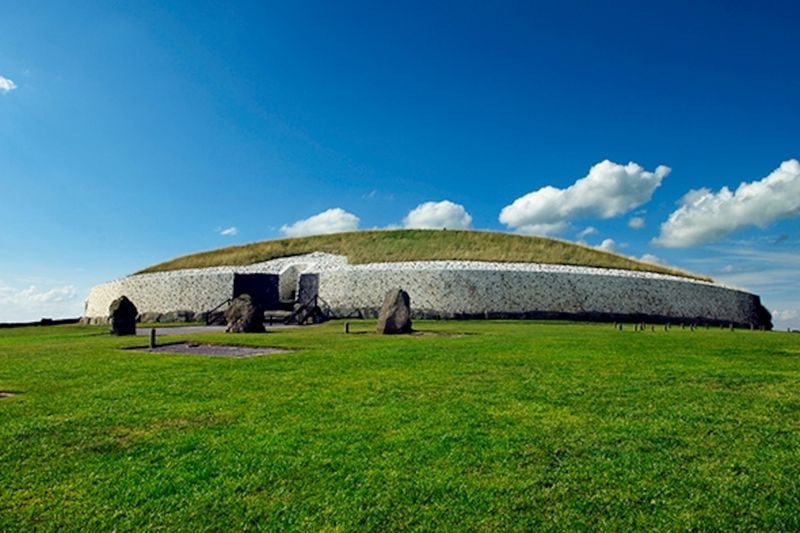
Newgrange, a prehistoric monument in Ireland, pre-dates the pyramids and Stonehenge, showcasing impressive ancient engineering. Built around 3200 BC, it’s renowned for its winter solstice alignment, where sunlight illuminates its inner chamber. This megalithic passage tomb is adorned with intricate carvings, reflecting a sophisticated understanding of astronomy and art. As a UNESCO World Heritage site, Newgrange offers a glimpse into Neolithic spirituality and ceremonial practices. Its enduring presence reminds us of our ancestors’ deep connection with nature and the cosmos.
Terracotta Army, China
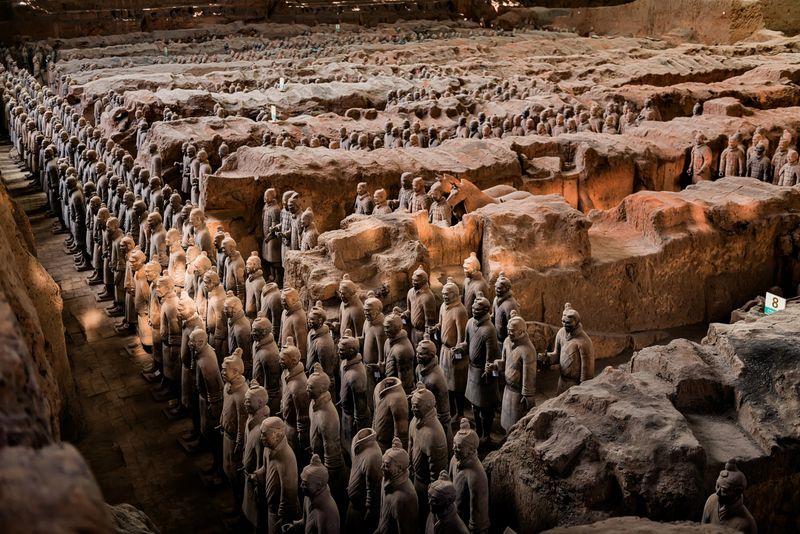
Though not in Europe, China’s Terracotta Army is an astonishing archaeological marvel. Discovered in 1974, these life-sized figures were buried with the first Emperor of China, Qin Shi Huang, around 210–209 BC. Each warrior is distinct, showcasing detailed craftsmanship and artistry. The army was meant to accompany the emperor in the afterlife, reflecting ancient beliefs in immortality. As one of the greatest discoveries of the 20th century, the Terracotta Army offers profound insights into ancient Chinese society, military practices, and spiritual beliefs, capturing the imagination of all who behold it.
Skara Brae, Scotland
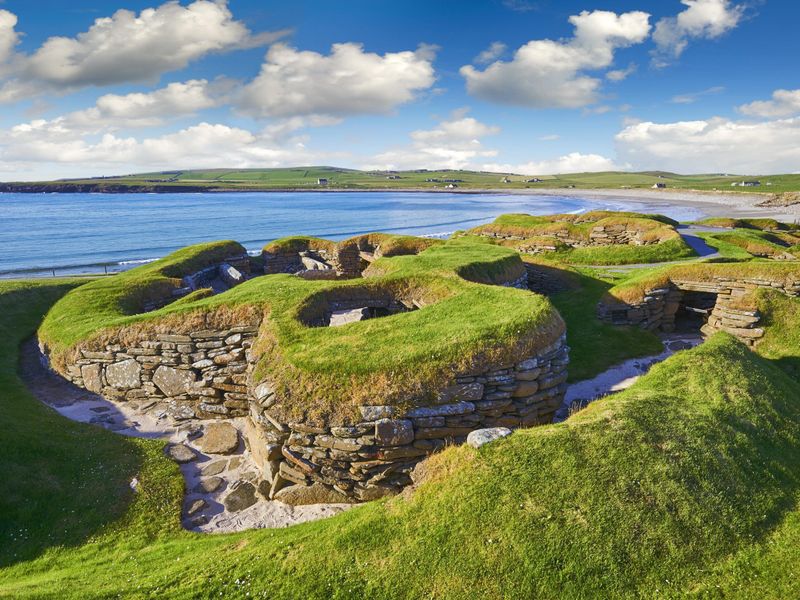
Skara Brae, Europe’s most complete Neolithic village, lies on Scotland’s Orkney Islands. Preserved under sand for millennia, it was discovered in 1850 after a storm. Dating back to around 3180 BC, the settlement’s stone structures reveal insights into prehistoric life. Walk through its passageways and rooms, complete with stone furniture, and imagine a vibrant community thriving here. The meticulous layout reflects remarkable social organization and craftsmanship. Skara Brae stands as a testament to human adaptation and ingenuity in a challenging environment, igniting our curiosity about ancient societies.
Çatalhöyük, Turkey
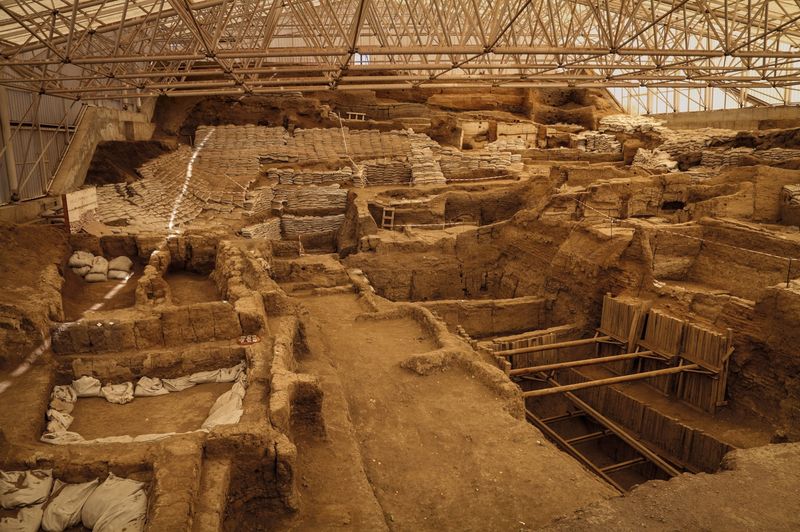
Although not in Europe, Çatalhöyük in Turkey is one of the most significant archaeological sites, shedding light on early urbanization. Dating back to 7500 BC, this Neolithic settlement reveals densely packed mud-brick houses and a rich cultural tapestry. With no streets, residents moved across rooftops, hinting at unique settlement planning. The artworks and artifacts found here provide insights into religious practices and daily life. Çatalhöyük challenges our understanding of early urban societies, offering a window into human adaptation and innovation during the dawn of civilization.
Hagia Sophia, Turkey
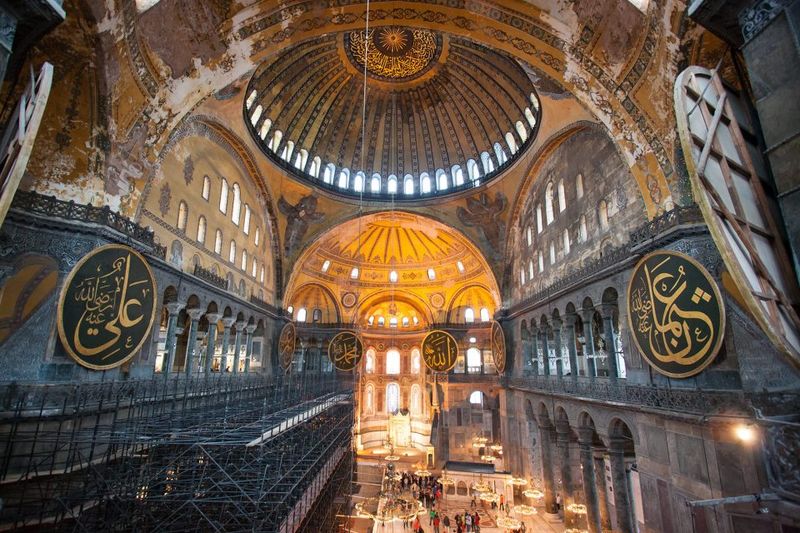
Originally constructed as a cathedral in 537 AD, Hagia Sophia stands as a masterpiece of Byzantine architecture. Located in Istanbul, it has served as a church, mosque, and now a museum. Its massive dome and intricate mosaics reflect the artistic and engineering marvels of the Byzantine Empire. The Hagia Sophia captures the confluence of faiths and cultures, symbolizing centuries of religious and political change. As an enduring symbol of Byzantine ingenuity and cultural fusion, it continues to awe visitors with its grandeur and historical significance.
Palace of Knossos, Crete, Greece
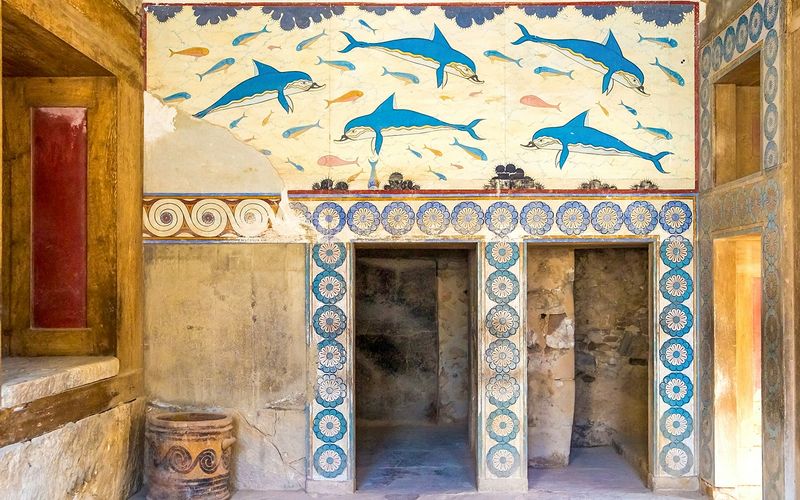
The Palace of Knossos, a centerpiece of Minoan civilization, showcases the complexity of Bronze Age culture. Excavated by Sir Arthur Evans in the early 20th century, this site reveals a labyrinthine complex of rooms, storerooms, and frescoed halls. Its vibrant frescoes depict ceremonies and nature, offering glimpses into Minoan life and beliefs. As the legendary home of King Minos and the Minotaur myth, Knossos captivates with tales of gods and heroes. Its architectural innovations and artistic achievements continue to inspire, reflecting the sophistication of ancient Crete.
Alhambra, Spain
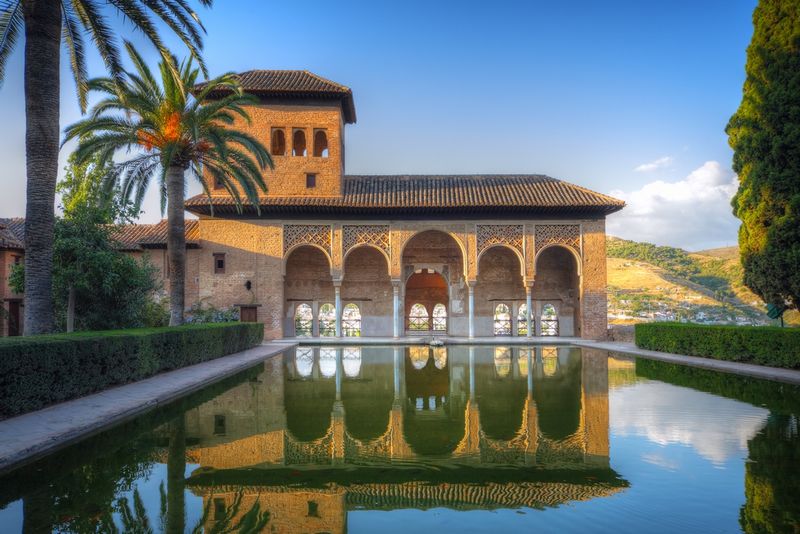
Nestled in Granada, the Alhambra is a stunning example of Moorish architecture. This palatial complex, built in the mid-13th century, features intricate stucco work, sprawling gardens, and serene courtyards. Its walls whisper stories of the Nasrid dynasty, reflecting the artistic and cultural zenith of Islamic Spain. Wander through its ornate halls and imagine a world of sultans and scholars. The Alhambra’s harmonious blend of architecture and landscape stands as a testament to the rich tapestry of cultures that contributed to Spain’s history, enchanting visitors with its timeless beauty.
Hadrian’s Wall, England
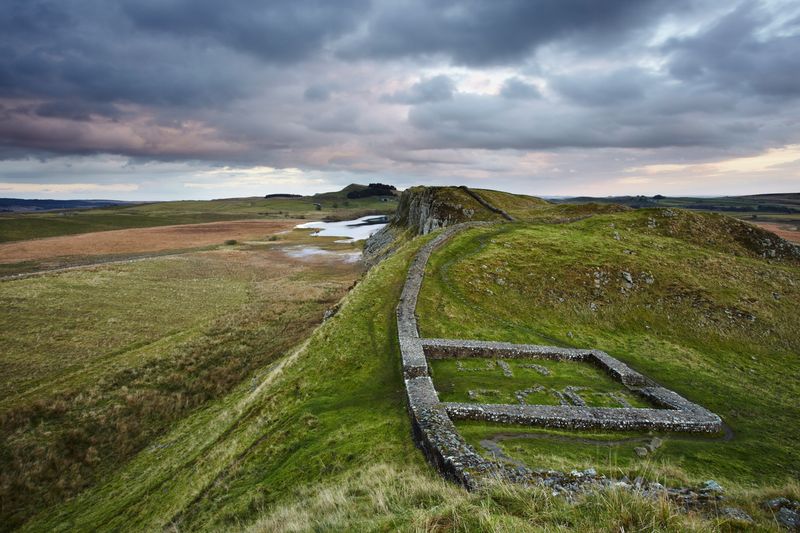
Hadrian’s Wall, a marvel of Roman engineering, stretches across the north of England. Built under Emperor Hadrian in 122 AD, it marked the northern boundary of the Roman Empire. This defensive fortification consists of forts, watchtowers, and milecastles, offering insights into Roman military strategy. The wall traverses diverse landscapes, from rolling hills to coastal cliffs, reflecting the empire’s adaptability. As a symbol of Roman power and organization, Hadrian’s Wall invites exploration, revealing stories of soldiers and settlers who once lived along its length.
Vatican Necropolis, Vatican City
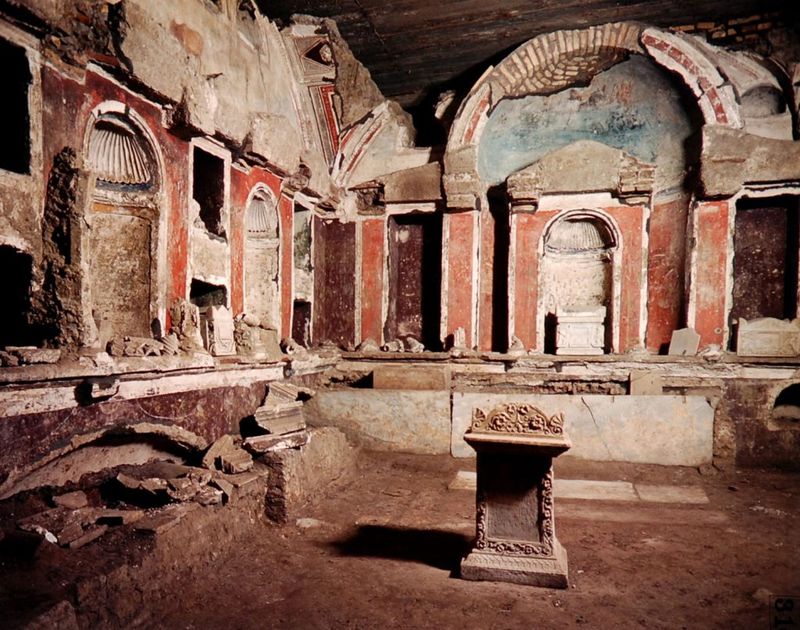
Beneath the grandeur of St. Peter’s Basilica lies the Vatican Necropolis, a labyrinth of ancient tombs and artifacts. Accessible only through guided tours, this subterranean treasure trove offers a rare glimpse into early Christian history. The necropolis, believed to house the tomb of St. Peter, reveals layers of religious and cultural transformation. Explore the intricately decorated sarcophagi and frescoes that narrate stories of faith and perseverance. The Vatican Necropolis stands as a testament to the continuity of belief and the sacred journey from antiquity to the modern world.
Göbekli Tepe, Turkey
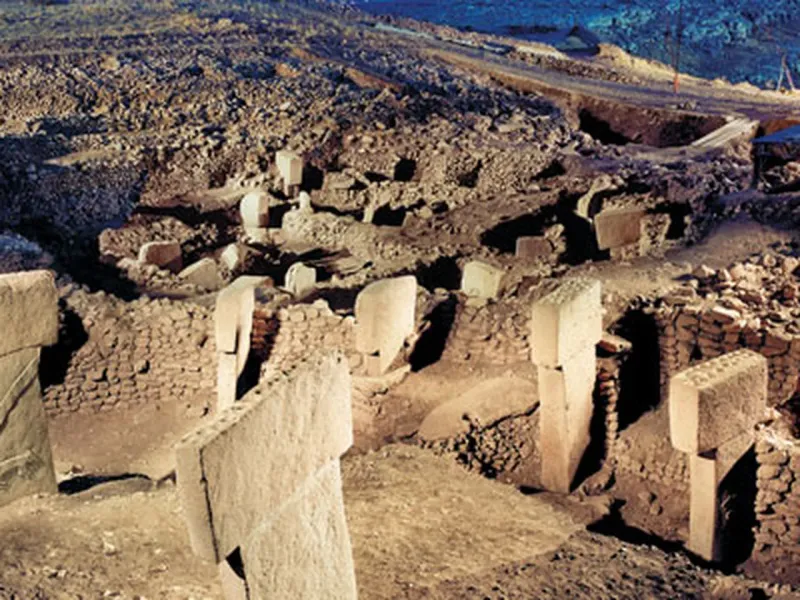
In the striking landscapes of southeastern Turkey lies Göbekli Tepe, a site rewriting history books. Dating back to around 9600 BC, this prehistoric sanctuary predates Stonehenge by millennia.
Its enormous T-shaped pillars, adorned with carvings of animals and symbols, suggest a society more advanced than previously thought. Here, hunter-gatherers gathered for rituals, a concept challenging conventional views on the rise of civilization.
Did you know? Göbekli Tepe’s construction required organizing a large workforce, hinting at social complexities previously attributed only to agrarian societies. This enigmatic site continues to puzzle and fascinate archaeologists worldwide.

